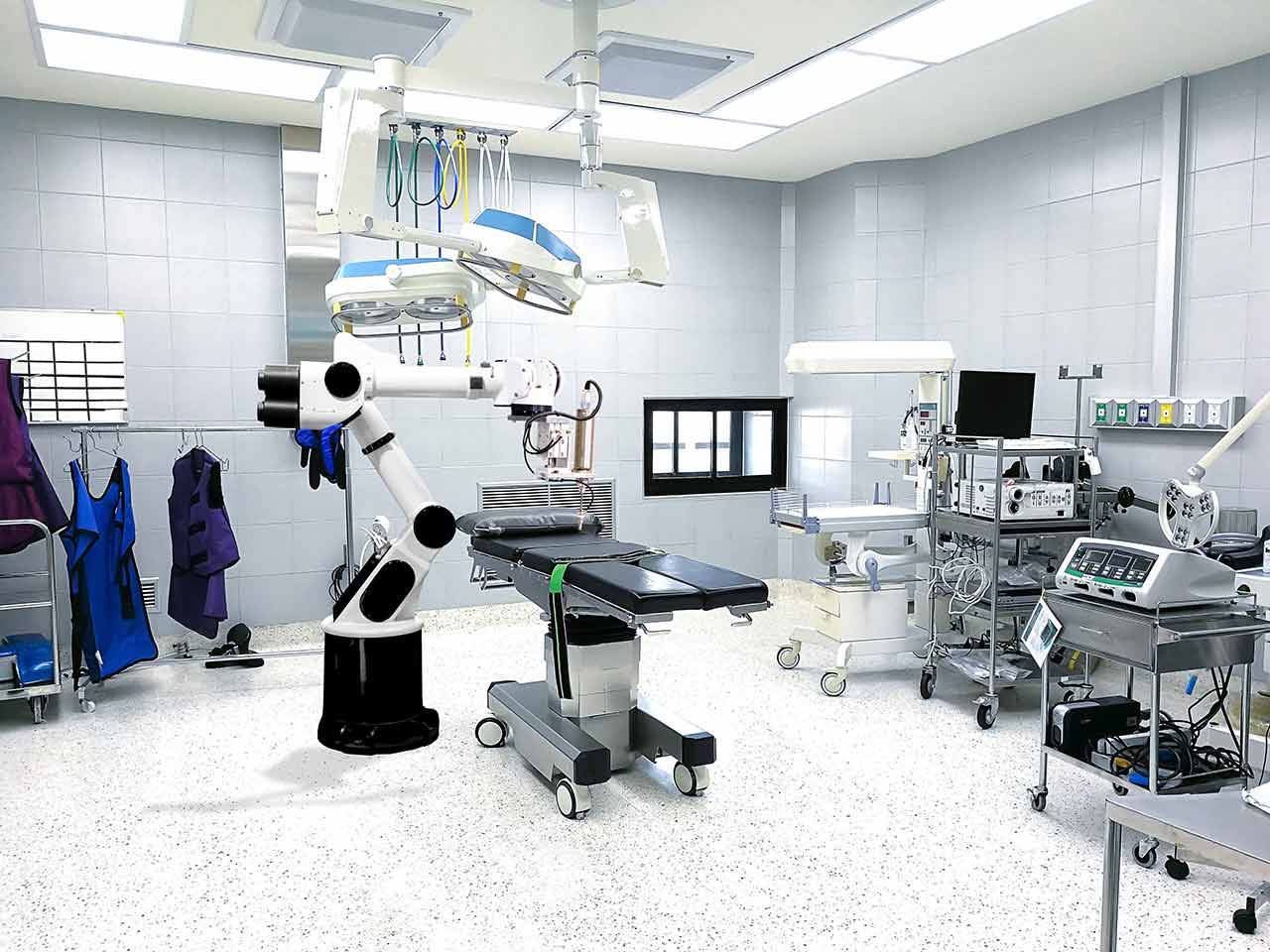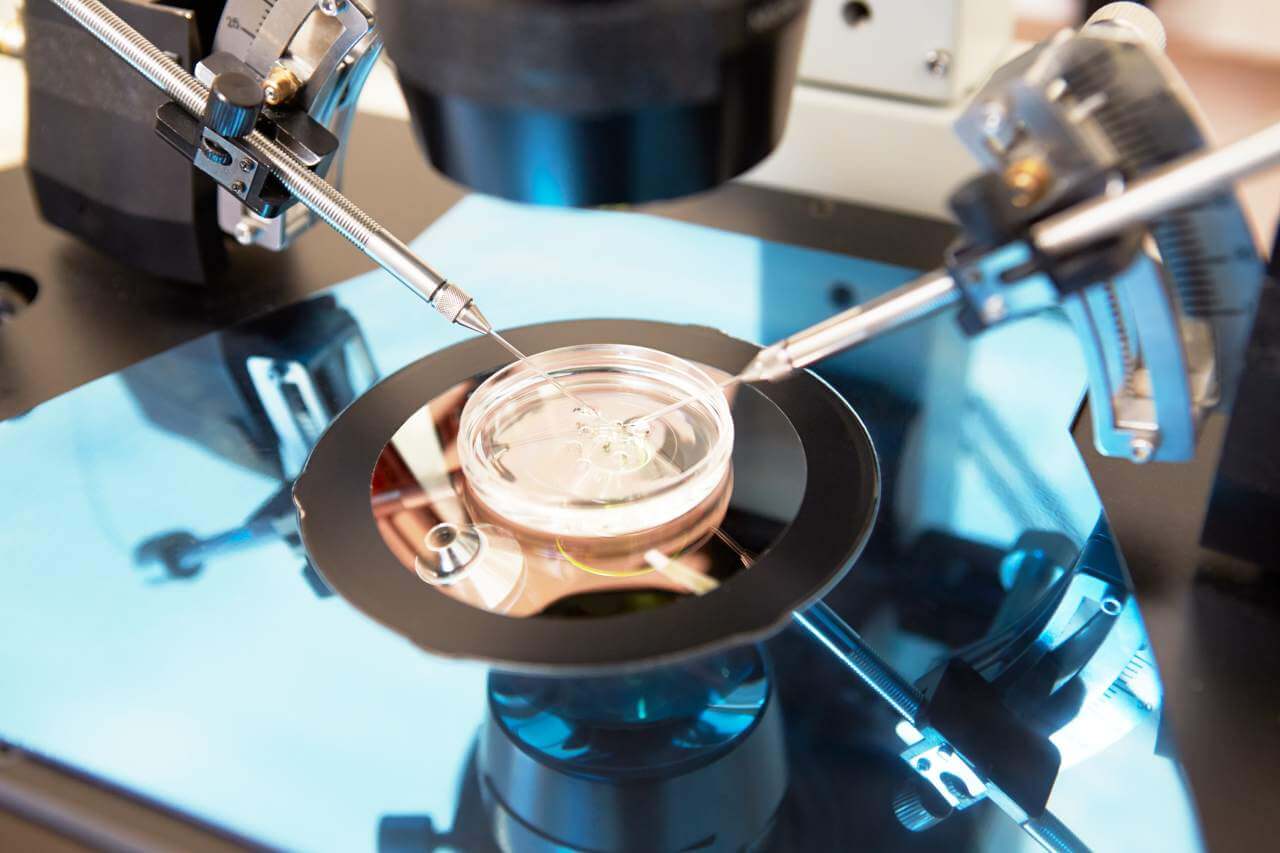
The program includes:
- Initial presentation in the clinic
- clinical history taking
- review of medical records
- physical examination
- laboratory tests:
- complete blood count
- biochemical analysis of blood
- Lipid metabolism (HDL/LDL, cholesterol,
triglycerides Lip(a), homocysteine) - blood coagulation analysis (aPTT, PT, INR)
- inflammation indicators (CRP, ESR)
- metabolic status (uric acid, total glucose, HbA1c)
- cardiovascular disease risk markers
- kidney function test (creatinine, urea)
- bacteriological smear from the ulcer
- color doppler echocardiography
- duplex peripheral arteries
- doppler/ duplex venous
- phlebography (as indicated)
- preoperative care
- skin grafting and necrectomy
- daily dressings and wound care
- symptomatic treatment
- control examinations
- the cost of essential medicines and materials
- nursing services
- full hospital accommodation
- developing of further guidance
Required documents
- Medical records
- Doppler ultrasound/duplex scanning (if available)
- MRI/CT scan (if available)
Service
You may also book:
 BookingHealth Price from:
BookingHealth Price from:
About the department
The Department of Adult and Pediatric Plastic, Reconstructive Surgery at the Sheba Medical Center Ramat Gan offers the full range of modern surgical services in the areas of its specialization. The clinic opened its doors to patients for the first time in 1953 and during this time it has gained authority not only in Israel, but also far beyond its borders. Of particular interest to the department's medical team are postoperative reconstructive body surgery, surgical correction of congenital and post-traumatic defects, as well as aesthetic plastic surgery. The Chief Physician of the department is Prof. Dr. med. Josef Haik.
The department provides comprehensive consulting services, thorough diagnostics, outpatient and inpatient surgical treatment, postoperative care. The department's surgeons annually admit about 7,000 inpatients, as well as provide outpatient care for more than 9,000 patients.
The department's specialists have excellent qualifications and rich experience in the use of modern reconstructive surgical techniques aimed at achieving symmetry of the breasts. Breast reconstruction is performed using silicone implants or autologous (patient's own) tissues. The surgeons successfully practice the most modern microsurgical techniques for breast reconstruction, including the use of deep inferior epigastric artery perforator flap (using the tissues of the anterior abdominal wall without damaging the abdominal muscles). An alternative method for microsurgical breast reconstruction is the use of skin and tissues from the buttocks and/or back muscles along with the placement of a silicone implant.
The department's most important focus is burn surgery. The department has the status of the Level I Burn Center and has 9 beds for patients with burns of varying severity, including 3 beds equipped with artificial lung ventilation devices. It also has specialized intensive care units for critical patients with severe burns. The patients are treated by a huge multidisciplinary team, including not only plastic surgeons, but also physiotherapists, clinical psychologists, social workers and specially trained nurses. The team of the specialists works hand in hand in order to develop effective treatment and rehabilitation programs. If it is necessary to carry out complex operations for tissue reconstruction, microsurgeons with vast experience in the area of their specialization are involved in the treatment process.
The department also specializes in the correction of congenital malformations (for example, cleft lip and palate, microtia, vascular malformations), treatment of skin melanoma, microsurgery, Mohs micrographic surgery, treatment of chronic wounds and performance of various laser procedures.
The surgical spectrum of the department includes:
- Reconstructive breast surgery
- Total or partial breast reconstruction (after lumpectomy or mastectomy)
- Immediate or delayed breast reconstruction
- Unilateral or bilateral breast reconstruction
- Breast reconstruction after mastectomy with skin preservation
- Prophylactic mastectomy
- Burn surgery
- Treatment of burns of varying severity, including resuscitation measures
- Surgical treatment of congenital malformations
- Surgical correction of cleft upper lip and palate in children
- Surgical correction of microtia in children
- Surgical correction of vascular malformations in adults, children and elderly patients
- Surgical treatment of skin cancer
- Surgical treatment of skin melanoma
- Mohs micrographic surgery for basal cell and squamous cell carcinomas (performed in the department since 1989)
- Microsurgery
- Replantation of the limbs or their parts
- Treatment of peripheral nerve injuries
- Tissue grafting to close large wounds
- Emergency treatment of extensive wounds resulting from an accident or military action
- Reconstructive surgery for birth defects, resection for oncology or trauma
- Transplantation of toes to the hand
- Correction of defects on the face, upper and lower jaws
- Treatment for facial nerve paralysis
- Complex reconstruction of the limbs
- Laser procedures
- Removal of benign skin lesions
- Tattoo removal
- Laser correction of congenital and acquired vascular lesions
- Ingrown toenail correction
- Removal of warts
- Removal of unwanted body hair
- Scar revision
- Correction of unwanted skin pigmentation
- Psoriasis treatment
- Vitiligo treatment
- Treatment of chronic wounds (bedsores, diabetic foot syndrome, wounds caused by peripheral vascular pathologies, as well as postoperative wound infections)
- Treatment with macrophages (a type of white blood cell) obtained from young healthy donors, which are injected into the wound, where they stimulate the growth of granulation tissue and thus initiate the healing process
- Other therapeutic options
Curriculum vitae
Prof. Dr. med. Josef Haik is the Head of the Department of Adult and Pediatric Plastic, Reconstructive Surgery at the Sheba Medical Center Ramat Gan. The specialist received his Doctoral Degree in 1994 at the Faculty of Medicine of the University of Bologna in Italy. Then he trained as a plastic surgeon at the university hospitals in Brazil and Canada. From 1996 to 2002, Dr. Haik worked in the Department of Adult and Pediatric Plastic, Reconstructive Surgery at the Sheba Medical Center Ramat Gan (position of Physician and then Senior Physician). In 2002, he founded his private practice specializing in aesthetic plastic surgery, and from 2005 to 2008, he worked as Director General of the Clalit Aesthetics in Ness Ziona.
Prof. Josef Haik is a full member of a number of Israeli, European and international societies, participates in the work of the largest international organizations of plastic surgeons, gives lectures and seminars at the medical faculties of the Tel Aviv University, as well as in other Israeli and European universities, cooperates with the Israel Defense Forces.
Clinical Interests
- Treatment of all types of burns, post-burn skin plastic surgery.
- Treatment of chronic, poorly healing wounds.
- Oral and maxillofacial plastic surgery.
- Reconstruction of soft tissues after wounds, trauma, operations, including mammoplasty after mastectomy.
- Reconstruction of soft tissues in congenital anomalies (malformations of the palate, lips, genitourinary system).
- Scar revision and surgical treatment of other skin defects.
- Full range of plastic surgical procedures on the face and body.
Memberships in Professional Societies
- Member and Treasurer of the Israeli Society of Plastic and Aesthetic Surgery.
- Member of the International Society of Aesthetic Plastic Surgery.
- Chairman of the National Scald Prevention Campaign.
- Member of the Israeli, International and American Burn Association.
- Member of the Israeli Association for Chronic Wounds.
- Member of the Israel Medical Association.
Photo of the doctor: (c) Sheba Medical Center
About hospital
The Sheba Medical Center Ramat Gan is the largest and leading Israeli hospital, which has also won wide recognition in the international medical arena. The hospital was founded in 1948 and today it is proud of its long and extremely successful clinical experience. The medical facility has 159 specialized departments, outpatient clinics and centers, as well as 75 laboratories. The infrastructure of the center forms a solid basis for the accurate diagnostics, comprehensive and the most effective treatment of pathologies in all fields of modern medicine.
According to the prestigious American Newsweek magazine, the medical center ranked among the top ten best hospitals in the world in 2019 – the rating is based on the efficiency of medical care, the level of service, compliance with international quality standards. In addition, the medical centre is the holder of the international JCI certificate, which is awarded only to the best hospitals all over the world.
The medical complex provides patients with the most advanced medical treatment and individual approach to each clinical case. If necessary, the patient can take part in clinical trials of new pharmaceuticals or treatment methods. The patients are offered high-tech medicine. For example, it houses the only virtual reality Rehabilitation Center in the world, as well as offers exclusive and progressive methods of imaging diagnostics for patients suffering from cancers and cardiovascular diseases.
One of the leading fields of the medical center is oncology. Cancer of various localizations is treated within the specialized Cancer Center. Thanks to the hospital's own unique developments in the field of oncology and cooperation with the University of Texas MD Anderson Cancer Center, the doctors practice innovative treatment protocols, which allow them to achieve complete cure or long-term remission even in the cases that are considered hopeless in many hospitals around the world.
Certainly, the key role in the success of clinical practice is also played by the presence of highly qualified personnel – the hospital employs dozens of leading doctors, including world-class professionals. Many doctors are lecturers at the Sackler School of Medicine of the Tel Aviv University. In addition to the treatment of patients, they are engaged in research activities and make an invaluable contribution to the development of medicine in Israel and around the world.
The hospital admits annually more than 430,000 patients for the diagnostics and treatment on an inpatient basis, while the number of outpatients reaches 160,000. These figures speak for themselves and confirm the authority of the medical center, which is ready to provide high-quality medical care to both Israeli citizens and foreign patients from all over the world. The hospital also performs about 50,000 surgical interventions, as well as more than 11,000 babies are born in the delivery rooms of the medical center every year.
The Sheba Medical Center Ramat Gan is rightfully considered the world leader in the field of medical care and has all the necessary medical and technical resources for providing both diagnostic and therapeutic procedures of any complexity – some of them are not available even in the developed countries of Europe and the USA.
Photo: (c) Sheba Medical Center, (c) depositphotos
Accommodation in hospital
Patients rooms
The patients of the Sheba Medical Center Ramat Gan live in cozy rooms with a high level of comfort. Each patient room has an ensuite bathroom with shower and toilet, with all the necessary hygiene items. The furnishing of the rooms includes a comfortable automatically adjustable bed, a bedside table, a wardrobe, a telephone, a TV, an air conditioner. Wi-Fi access is also available in the patient rooms. The center has special rooms for children. The special atmosphere of coziness and kindness allows young patients to feel as comfortable as possible.
Meals and Menus
The patient and the accompanying person are offered tasty and balanced three meals a day. If for some reason you do not eat all foods, you will be offered an individual menu. Please inform the medical staff about your food preferences prior to treatment.
Further details
Standard rooms include:
Accompanying person
During the inpatient program, the accompanying person can live with the patient in a patient room or a hotel of his choice. Our managers will help you choose the most suitable option.
Hotel
During an outpatient program, the patient can stay at the hotel on the territory of the medical center or at the hotel of his choice. Our managers will help you choose the most suitable option.





